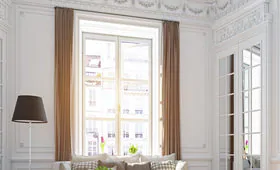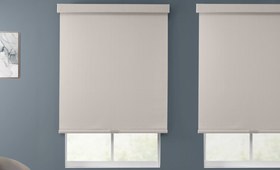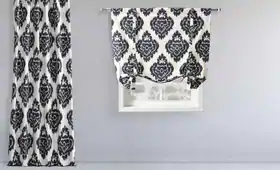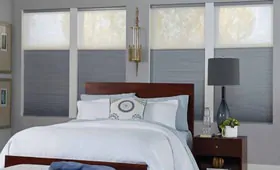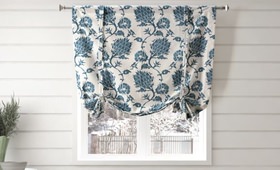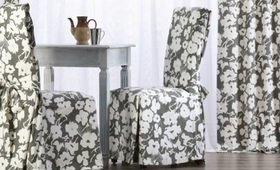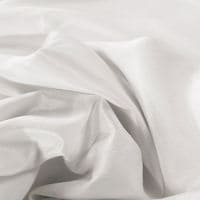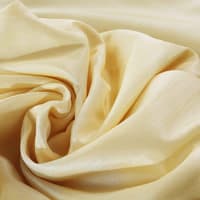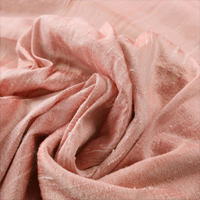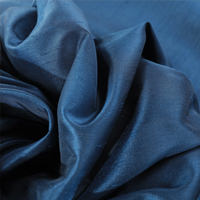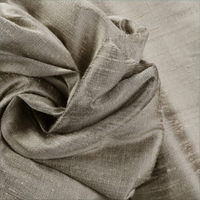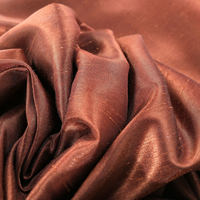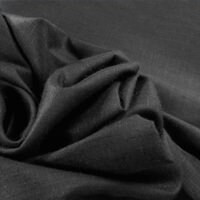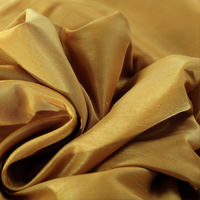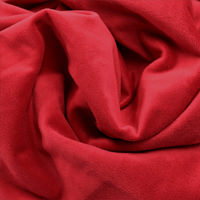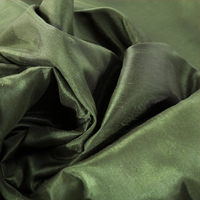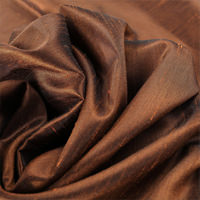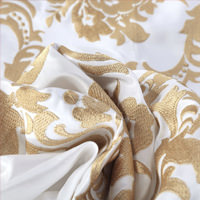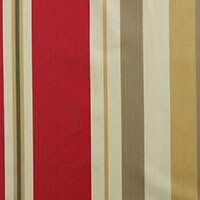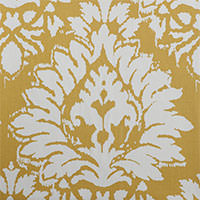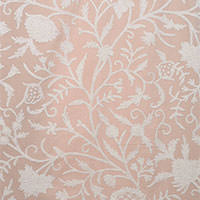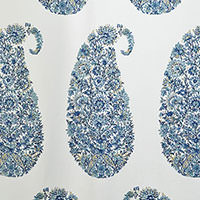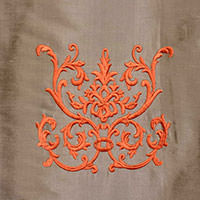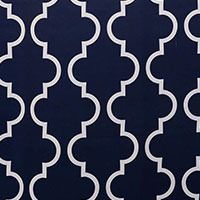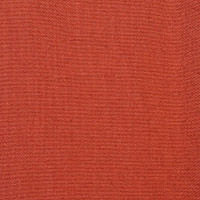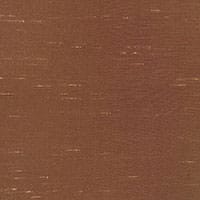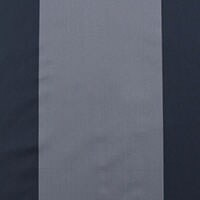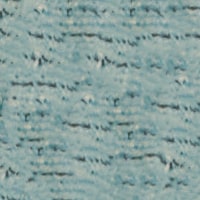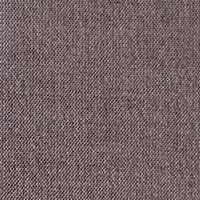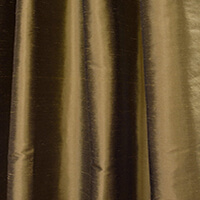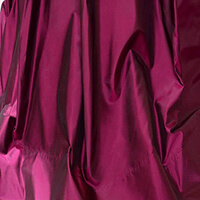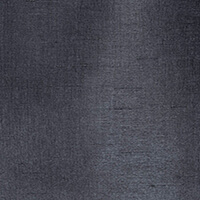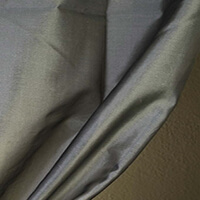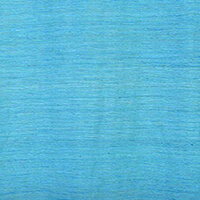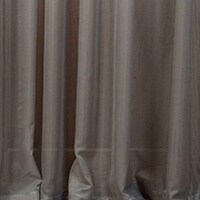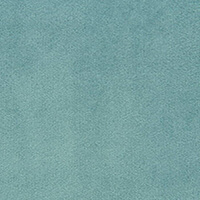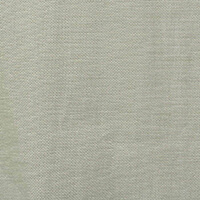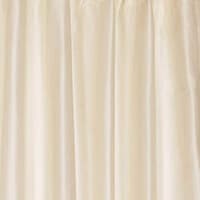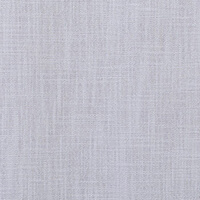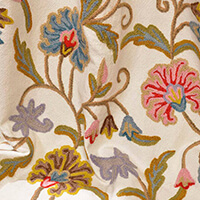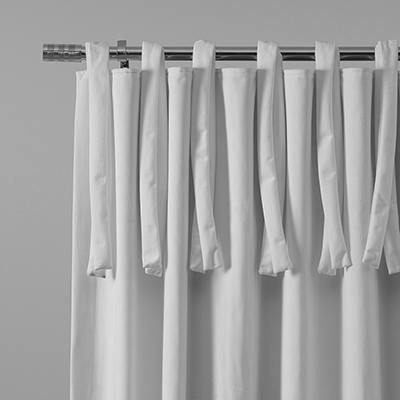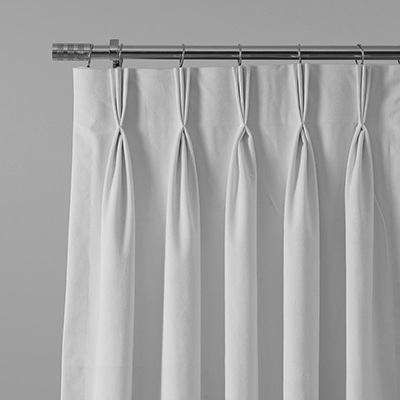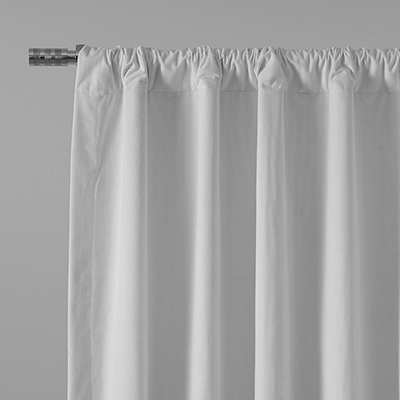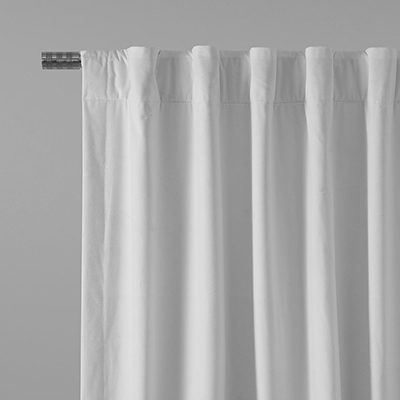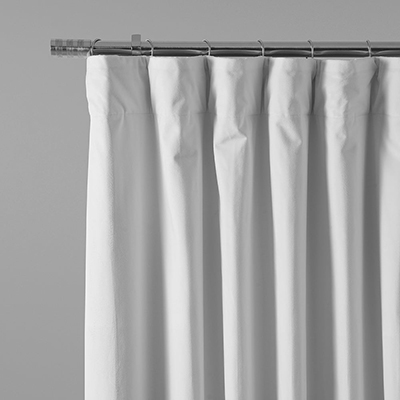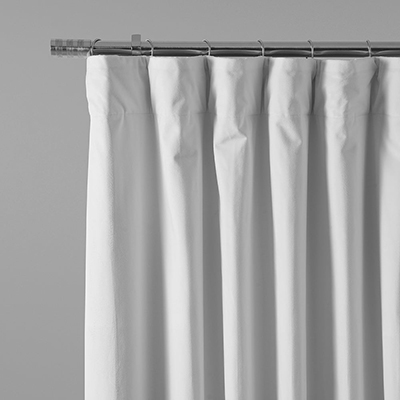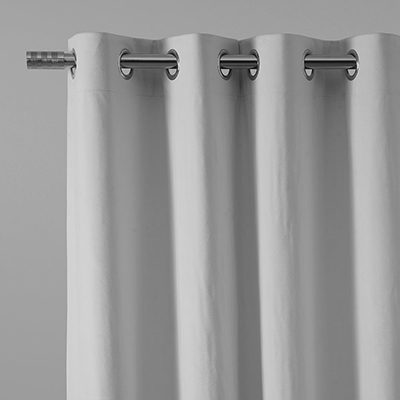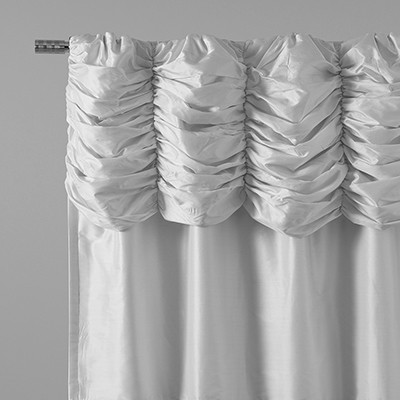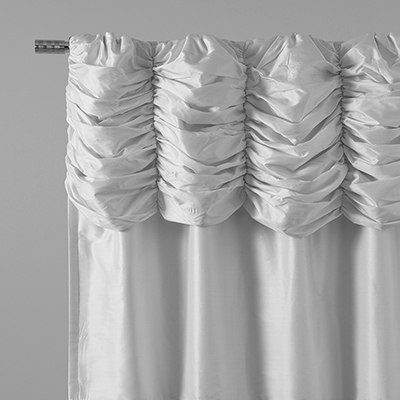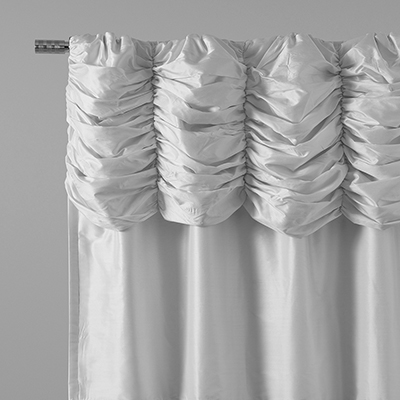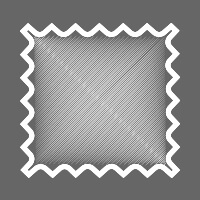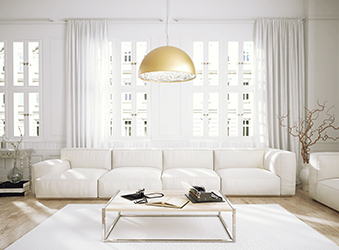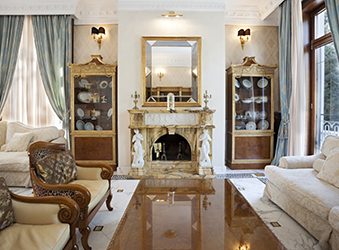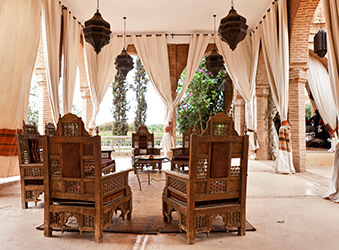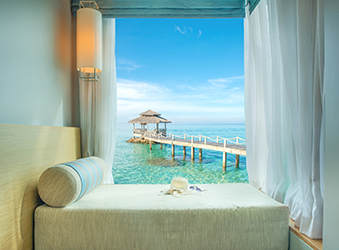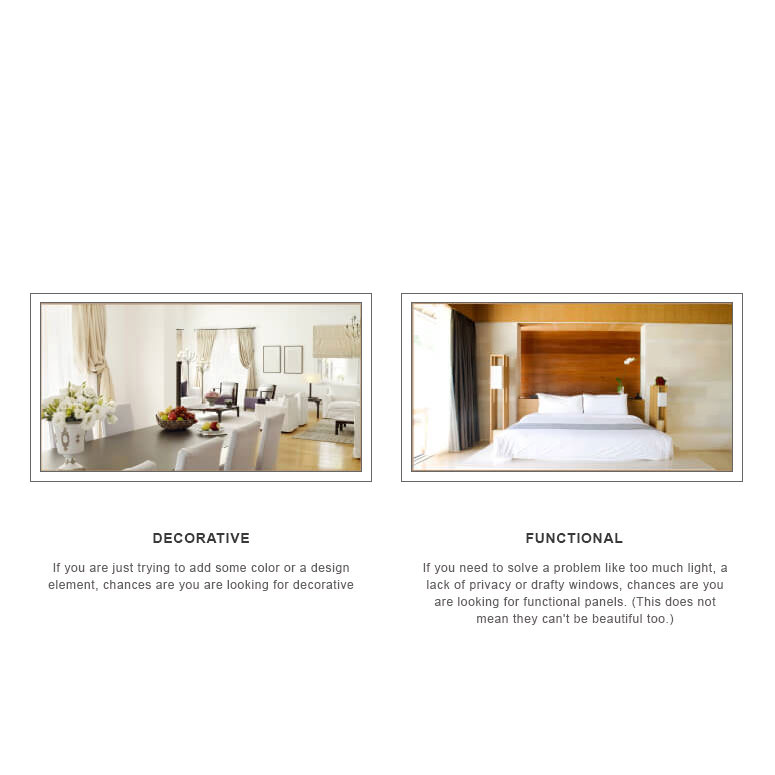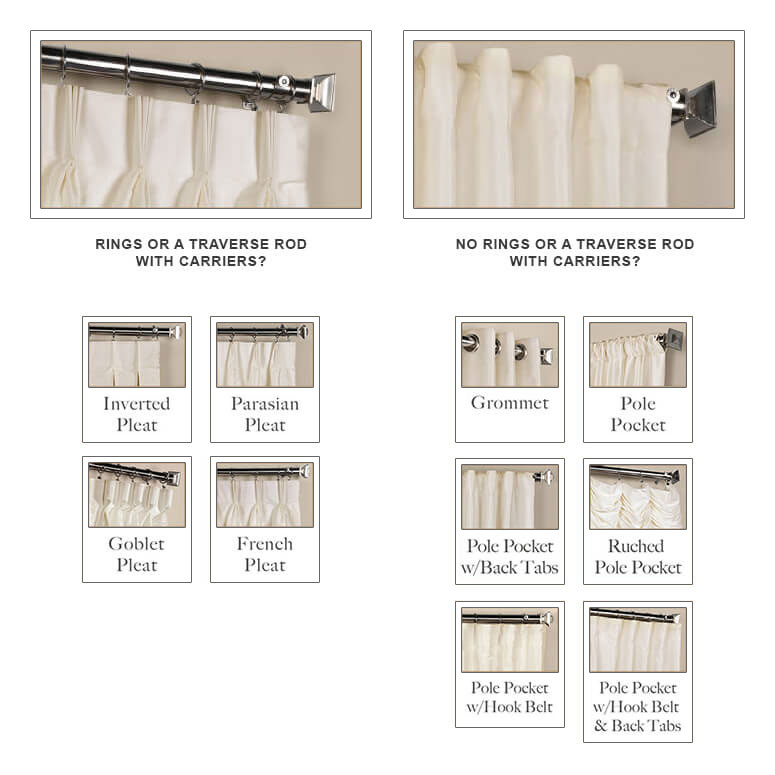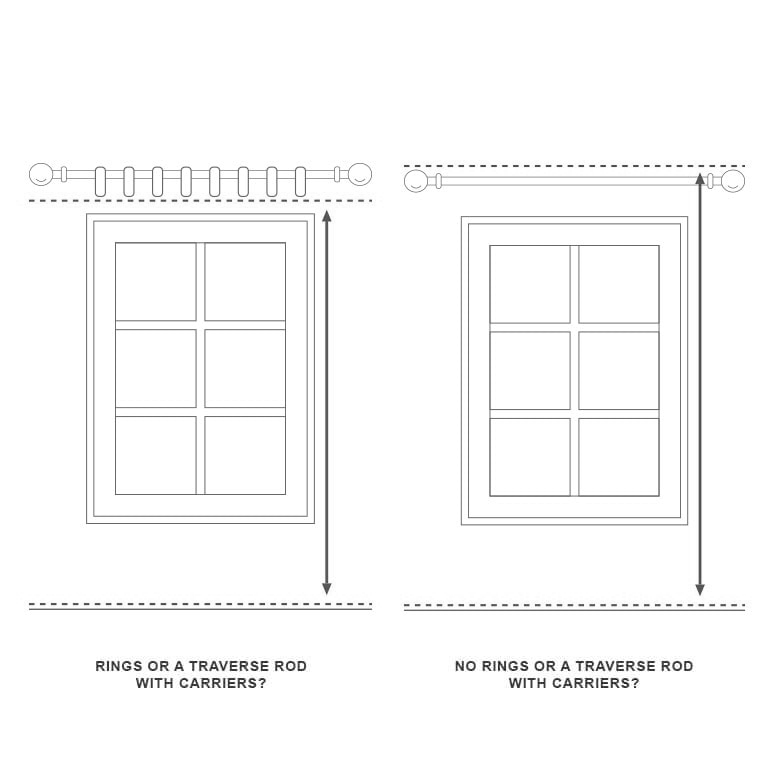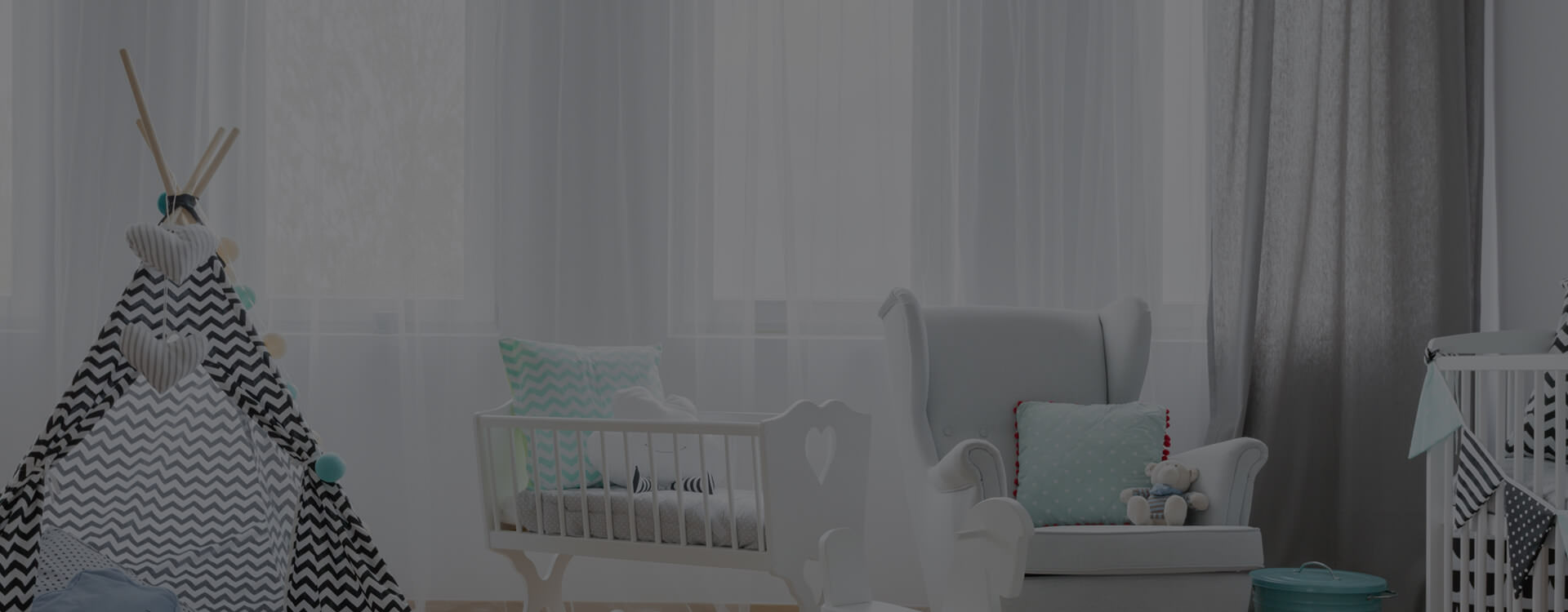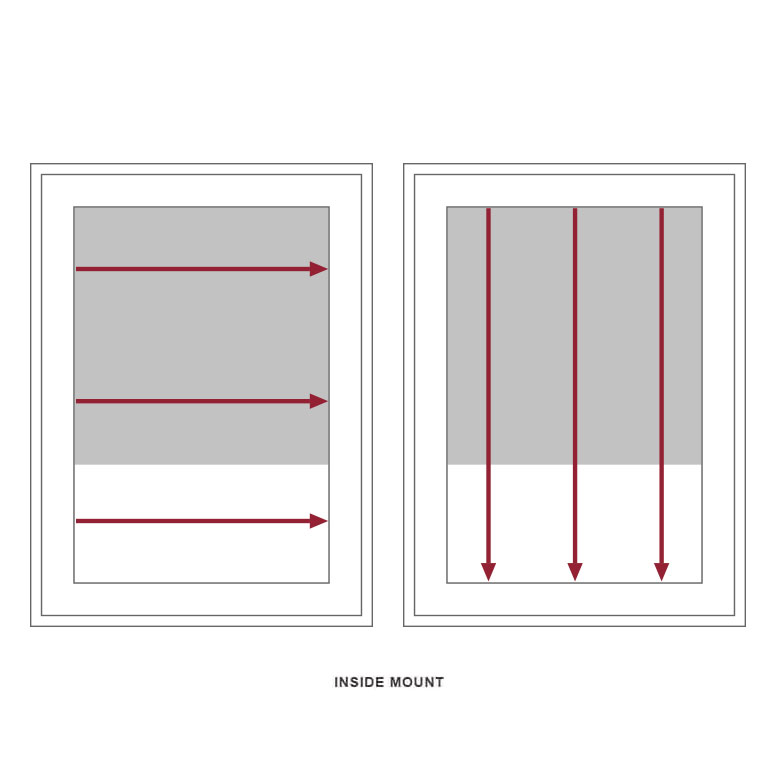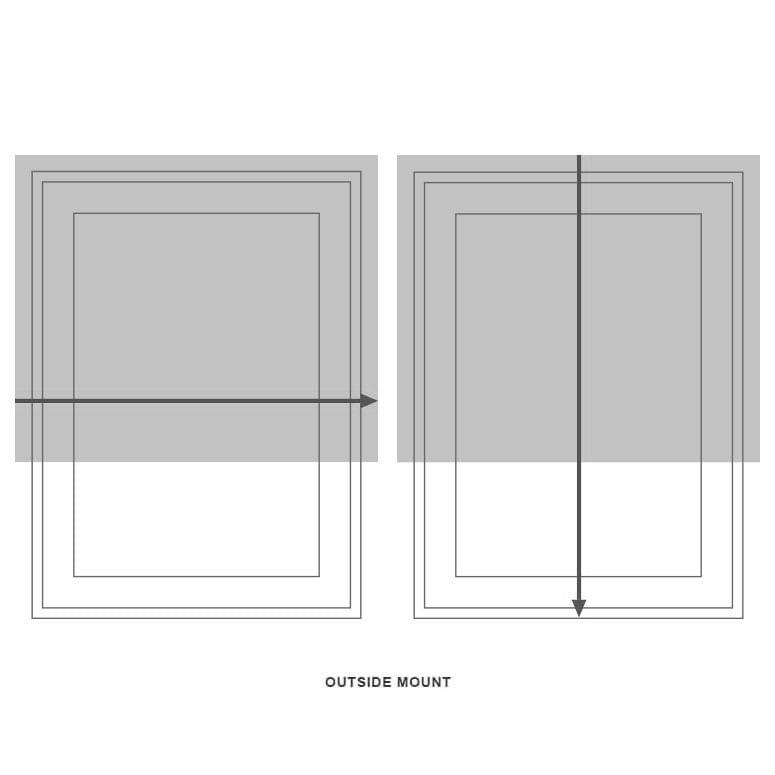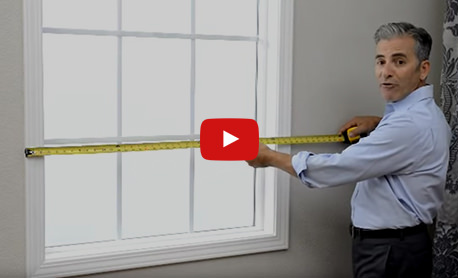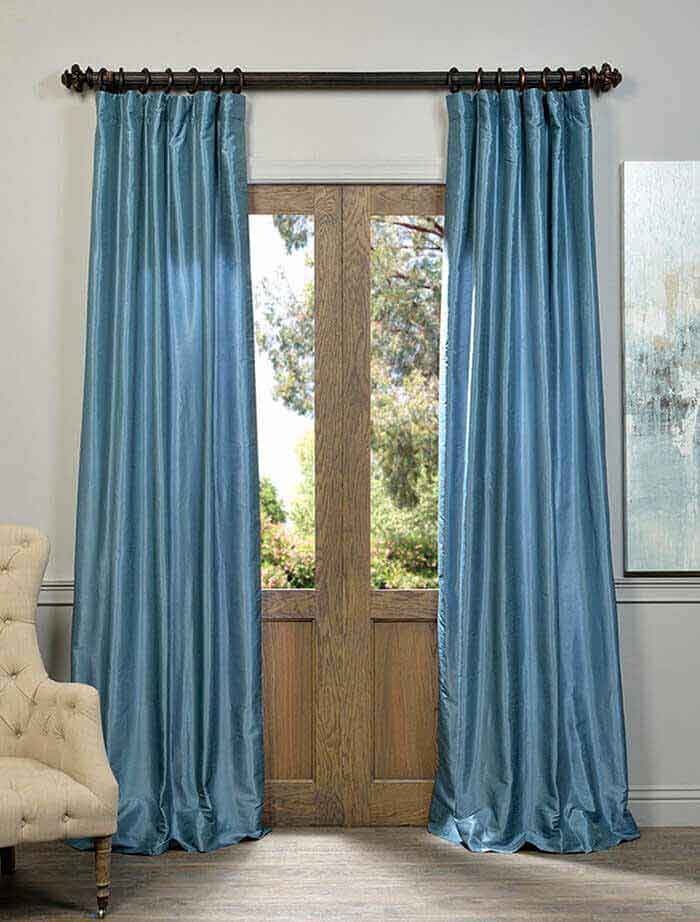Step - 1
Decide how you are going to use your curtains;
If you are trying to add some color or a design element and you don't really need the curtains to function, chances are you are looking for a decorative set of curtains. This means you don't really need to pay too much attention to the width of the window, just the length.
If you need to solve a problem like too much light, a lack of privacy or drafty windows, chances are you are looking for a functional set of curtains. This means you need to pay attention to both the width and the length.
Step - 2
Measure for width:
If your rod is already in place, measure the length of the rod, not including the finials. This is your Width. If your rod is not already in place, measure the window from the outside of the trim to the outside of the trim from side to side. This is your width.*
*If you like, you can add a few inches to the width if you intend to extend the rod beyond the actual width of the window.
Measure for length:
If your rod is already in place, measure from the top of the rod to the floor. This is your length.
If your rod is not already in place, measure above the window trim, at the point you intend to mount the rod, to the floor. This is your length.*
*We recommend mounting your rod a minimum of 4 to 6 inches above the window trim if space allows.
Step - 3
What Type of Panel to order: Pleated vs Flat
Pleated curtains have small sections of fabric at the top of the panel, (the header) which have been folded or gathered and sewn into place to create fullness. Examples of Pleated curtain headers: French Pleats, Goblet Pleats, Inverted Pleats, Parisian Pleats.
Flat curtains are un-pleated along the top, (the header) with no fullness sewn into them. Examples of Flat curtain headers: Pole Pocket, Back Tabs, Tab Tops, Pole Pocket with Hook-belt and Ruched.
The type of header you choose is a personal design decision. Pleated panels are classic and easy to use, flat panels are modern and less structured.
Step - 4
Using your measurements to order: Width
Pleated curtains should be ordered to fit your rod length. If your rod is 50 inches long you need a minimum of 50 inches in width to cover the rod. You may choose to have two 25 inch panels for a center draw or one 50 inch panel for a one way draw.*
*If you want a return, (the end of the curtain that wraps back toward the wall to cover the bracket) and you want the panels to cross over each other at the middle, add 5 inches to each width.
Flat curtains should be ordered at least 2 times wider than the rod length. If the rod is 50 inches long you need a minimum of 100 inches of width to cover it. You may choose to order two 50 inch wide panels for a center draw or one 100 inch wide panel for a one way draw.
Using your measurements to order: Length
How you hang your curtains and what kind of rod you install can affect the length of your curtains.
A rod that does not use rings or tabs to install your drapes can be used with pole pocket, tab top or back tab curtains. Measuring from the top of the rod to the floor is how to find the correct length for this type of rod.
A rod that uses rings or tabs to install your drapes can be used with pleated drapes or curtains with a pole pocket and hook belt. Measuring from the bottom of the ring or tab to the floor is how to find the correct length for this type of panel.





